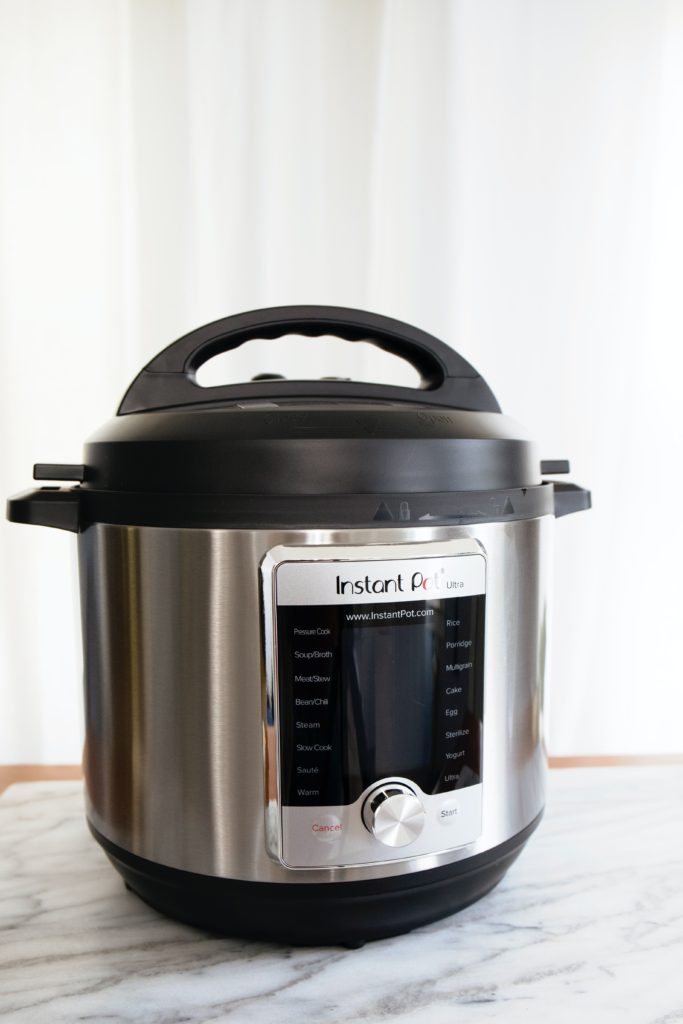
In the recently released cookbook by Nicki Sizemore called Fresh Flavors for the Slow Cooker: Reinvent the Slow-Cooked Meal; 77 Mouthwatering Recipes, I learned a technique that has changed how I will forever cook fish. It’s almost idiot-proof, meaning you might never overcook that salmon, halibut, trout, cod or even swordfish again. And there’s no plastic involved, meaning that if you buy sustainably sourced fish, this is a very eco-friendly way of cooking it. It involves, of all things, a slow-cooker (or Instant Pot using the slow-cooker settings). And during this time of social distancing, I figure it’s high time we figured out how to cook things well.
Weird, I know. You wouldn’t think the machine meant for cooking things “low and slow” would be a great idea for fish. They’d probably end up like beef jerky, no? But cooking the fish for just a little longer than, say, in the oven or in a pan and at a lower temperature gives you a little more wiggle room as to when it’s done. Those 30 extra seconds aren’t going to make the same difference as if you were using a super hot skillet.
The basic formula revealed in Fresh Flavors for the Slow Cooker is to put down a layer of aluminium foil in the bottom of the slow cooker (just to make the fish easier to remove from the slow cooker afterwards; alternatively, you could skip it or use parchment paper), add a few slices of citrus (or don’t), add the fish seasoned with salt (and whatever other seasonings you want, or not), a tiny bit of liquid (water, wine, oil, broth) and cook it on low for an hour or so (some recipes call for high heat for shorter periods while others are low for slightly longer).
I made the swordfish puttanesca, a dish with cod, another with salmon (swapping in trout for the salmon) and then tried the basic formula with local yellow dory and a finally with oily Quebec fish sébaste (which translates to “rockfish” in English). Really oily fish are fine for searing in high-heat skillets (even I don’t overcook them) because the fat keeps them tender, but medium or lean fish will dry out quickly. The very lean cod did end being dry even in the slow-cooker method, but the other fish were exceptional.
The rest of the cookbook is good, too. It’s more traditional approaches to slow-cooker recipes, e.g. low-braised meats, soups and stews. But the genius is in the fish. And since the basic formula comes with some danger involved (undercooking fish is still an issue), I’d recommend picking up the book and following the actual recipes closely.
As an investment in perfectly cooked fish every time, it might be the best $28.87 CAD you ever spend on a cookbook.
Photo by Katherine Chase on Unsplash
Leave a Reply